
Cats are not turtles. Okay, I know what you’re thinking, people
aren’t turtles, either. However, when you really think about it,
people are a lot closer to turtles than cats in the sense that
turtles, as well as people, can live to be 100 years or more.
Not so for cats. In fact, in human terms, a cat who’s surpassed
twelve years would be applying for their old age pension.
Certainly cats can live longer than twelve years and, in fact,
thanks to many factors, cats really are living much longer these
days.
Dedicated care from their human companions plus advances in
veterinary medicine are the main reasons. Most experts consider
a cat’s “senior years” to begin on her 10th birthday. After this
point, the aging process begins to slow in even the most playful
feline. Yet, with a little extra attention from her resident
human, a cat could enjoy another 5-10 years of life and love.
As with humans, cats often lose the ability to hear as they get
older. This often goes unnoticed by their human companion
because they think their cat’s lack of response is just typical
feline aloofness. Unfortunately, without keen hearing and
vision, an older cat becomes more vulnerable to threats from
cars and dogs on the street, so it’s probably a good idea to
keep an older cat indoors. If she loves the fresh air, then make
sure you supervise her in a protected area when she is allowed
outdoors.
Even the most easygoing cat can become a finicky eater in her
later years. As an older cat’s senses of smell and taste begin
to diminish, she becomes less interested in her food. Try adding
moist food and warming her meals to amplify the scent and make
her dinner more tantalizing.
Also, it’s important to keep fresh water available for your
older cat, and to monitor her drinking habits. Her natural
thirst drive can fade with age, causing her to become
dangerously dehydrated rather quickly. Pay attention to about
how much water your cat drinks each day. If the amount suddenly
drops, and you know she is not getting water from any other
source, you should consider contacting your veterinarian.
Common problems people see their older cats develop include
difficulties swallowing due to decreased saliva production, less
tolerance to extreme heat and/or cold, gum disease and tooth
loss, a change in litter habits, and difficulty sleeping well.
Recent studies have uncovered a problem with potassium balance
in many older cats. Poor coat condition, loss of appetite and
lethargy have been linked to a mild form of hypokalemia, or low
blood potassium. Low blood potassium damages the cat’s kidneys,
which, in an older cat, are already weakening. This leads to a
vicious cycle because declining kidney function increases the
loss of potassium in the blood, which in turn causes further
deterioration of the kidneys.
Arthritis and stiffness is fairly common in older cats as well
and as it becomes more difficult to move, a geriatric cat spends
more time sleeping. If her diet stays the same, she’ll begin to
put on a lot of extra weight. This can add to her discomfort
which makes her more inclined not to move. Without exercise her
muscles will weaken, so it’s important to encourage an older cat
to take part in some activity every day. Physical movement will
help with digestion and bowel function, as well as keep her
sharp mentally.
As a cat gets older, it spends less time grooming itself which
may result in her hair becoming dry and matted. Regular grooming
is required to keep her coat healthy and beautiful, so it’s best
to schedule daily brushing to remove loose hair that can form
uncomfortable hairballs in her stomach.
So, as I said, cats aren’t turtles. However, with love and care
they can live for fifteen years or more. But remember, just as
senior humans require special care, so does your feline friend.
Pay attention to their needs and help make them as comfortable
as possible.
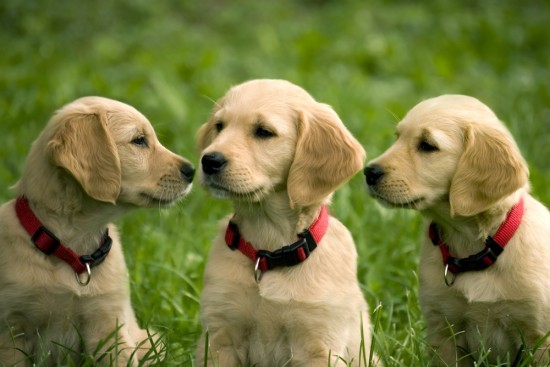 Buying A Pet - How To Avoid Potential Scams And Pitfalls
Buying A Pet - Ho
Buying A Pet - How To Avoid Potential Scams And Pitfalls
Buying A Pet - Ho
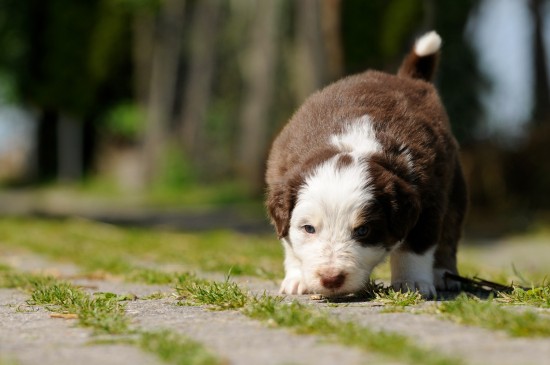 Can Dogs Use Their Sense Of Smell To Find Their Way Home?
Can Dogs Use Thei
Can Dogs Use Their Sense Of Smell To Find Their Way Home?
Can Dogs Use Thei
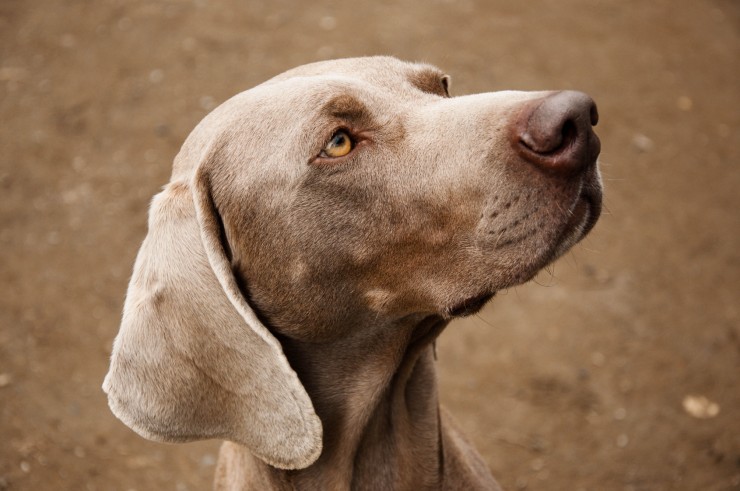 Urinary Incontinence And Oestrogen Levels In Bitches
Urinary Incontine
Urinary Incontinence And Oestrogen Levels In Bitches
Urinary Incontine
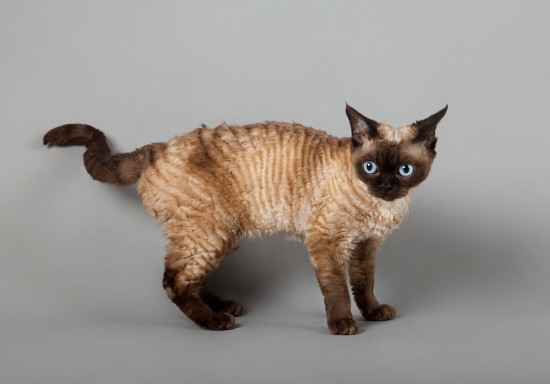 Hypoallergenic Cats - Fact Or Fiction?
Hypoallergenic Ca
Hypoallergenic Cats - Fact Or Fiction?
Hypoallergenic Ca
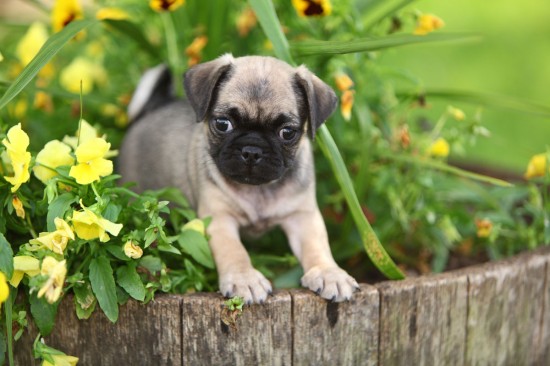 Dogs And Gardens - It Doesn’t Have To Be Difficult!
Dogs And Gardens
Dogs And Gardens - It Doesn’t Have To Be Difficult!
Dogs And Gardens
Copyright © 2005-2016 Pet Information All Rights Reserved
Contact us: www162date@outlook.com